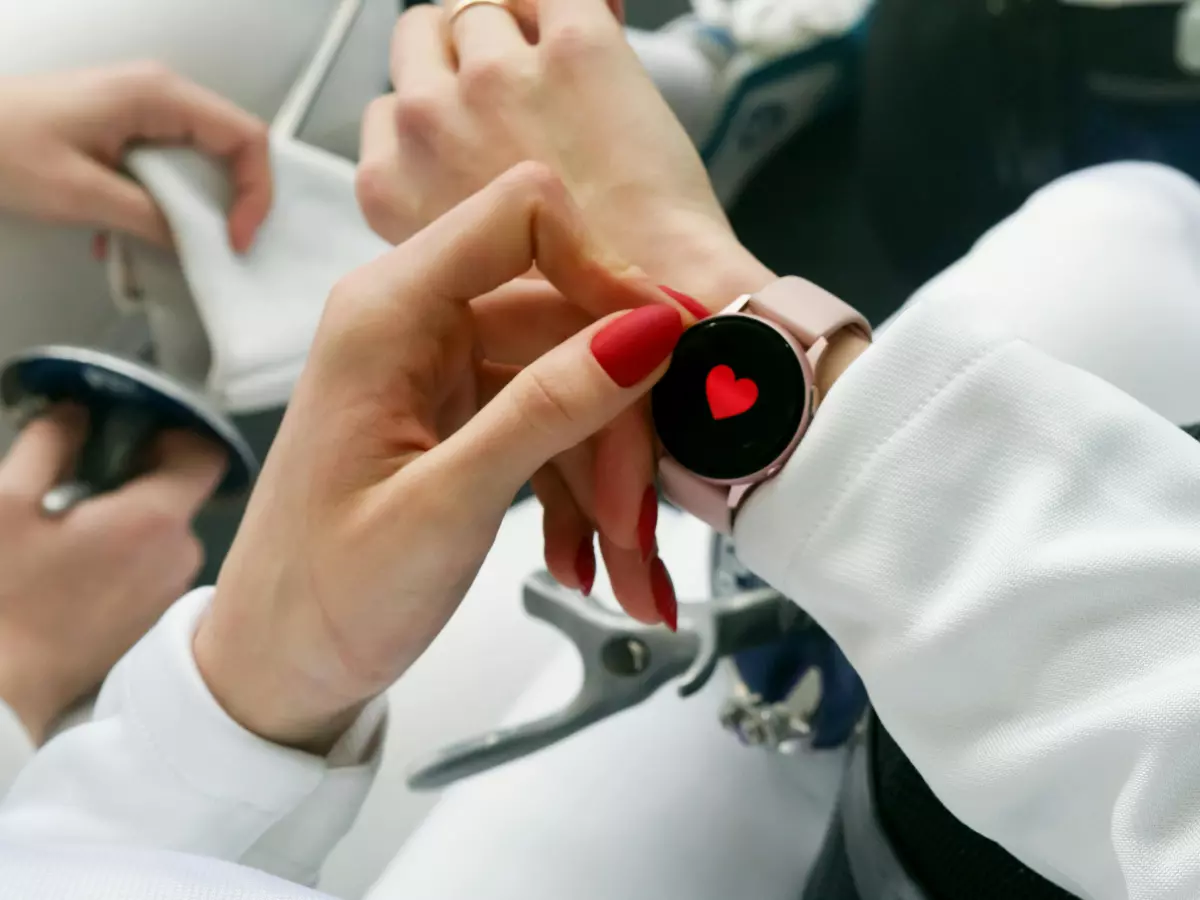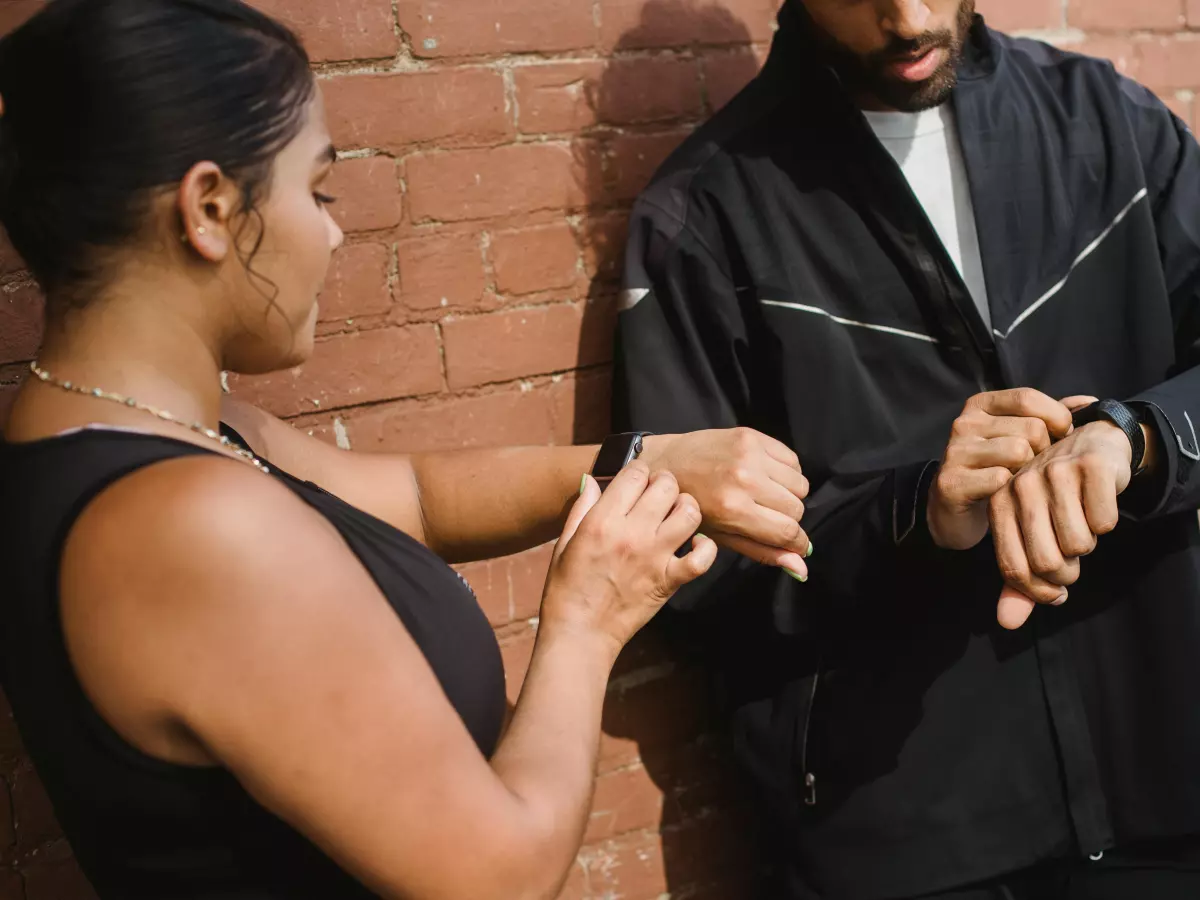Power Struggles
I remember the first time I strapped on a fitness tracker. It was sleek, futuristic, and promised to revolutionize my daily routine. But after a week of constant notifications and health tracking, I found myself charging it every other day. What was going on? Wasn't this thing supposed to last at least a week on a single charge?

By Tomás Oliveira
Wearables have come a long way since their early days as glorified pedometers. Today, they’re packed with sensors that track everything from your heart rate to your sleep patterns, and even your stress levels. But with all that tech comes a hidden cost: battery life. And no, it’s not just because your battery is small or weak. The real culprit? Those sensors you love so much.
Let’s take a step back in time. When wearables first hit the market, they were simple. A step counter, maybe a heart rate monitor, and that was about it. Battery life wasn’t much of a concern because, well, there wasn’t much to power. Fast forward to today, and wearables are practically mini-computers strapped to your wrist, loaded with sensors that are constantly working in the background. And that’s where the trouble starts.
Why Sensors Are Power-Hungry
Here’s the thing: sensors are always on. Whether it’s tracking your steps, monitoring your heart rate, or even just waiting for you to raise your wrist to check the time, these sensors are constantly consuming power. And the more sensors you have, the more power they use.
Take the heart rate monitor, for example. It uses an optical sensor that shines light into your skin and measures the reflection to calculate your pulse. Sounds simple, right? But that sensor is working all the time, even when you’re not actively looking at your stats. Multiply that by the number of sensors in your device—accelerometers, gyroscopes, GPS, and more—and you’ve got a serious power drain on your hands (or wrist, in this case).
Battery Life: The Balancing Act
So, why don’t manufacturers just slap a bigger battery in there and call it a day? Well, it’s not that simple. Wearables need to be, well, wearable. That means they have to be small, lightweight, and comfortable. A bigger battery would make your device bulkier, and nobody wants to walk around with a brick on their wrist.
Instead, manufacturers have to strike a delicate balance between battery size and sensor performance. They use software tricks to optimize power consumption, like turning off certain sensors when they’re not needed or reducing the frequency at which they collect data. But even with these optimizations, there’s only so much they can do. At the end of the day, more sensors mean more power consumption, and that means shorter battery life.
Software: The Unsung Hero
While sensors are the main power hogs, software plays a crucial role in managing how much juice they use. Modern wearables come with sophisticated software that can predict when you’re likely to need certain sensors and when they can take a break. For example, your device might turn off the GPS when you’re indoors or reduce the frequency of heart rate monitoring when you’re sitting still.
But even the best software can only do so much. If you’re constantly using features like GPS for tracking your runs or monitoring your heart rate 24/7, your battery is going to take a hit. It’s a trade-off: the more data you want, the more power you’re going to use.
What Can You Do?
So, what’s the solution? Unfortunately, there’s no magic fix. But there are a few things you can do to extend your wearable’s battery life:
- Turn off unnecessary sensors: If you don’t need 24/7 heart rate monitoring, turn it off. The same goes for GPS and other power-hungry features.
- Use power-saving modes: Many wearables come with power-saving options that reduce the frequency of sensor updates or turn off certain features when they’re not needed.
- Limit notifications: Every time your wearable buzzes with a notification, it uses power. Limiting notifications can help extend your battery life.
- Update your software: Manufacturers are constantly improving their software to optimize power consumption. Make sure your device is running the latest version.
At the end of the day, it’s all about balance. You want your wearable to track your health and fitness, but you also want it to last more than a day without needing a charge. By understanding how sensors drain your battery and taking steps to manage their usage, you can get the most out of your device.
So, next time your wearable dies faster than you expected, don’t blame the battery. Take a closer look at those sensors—they might just be the real power thieves.




